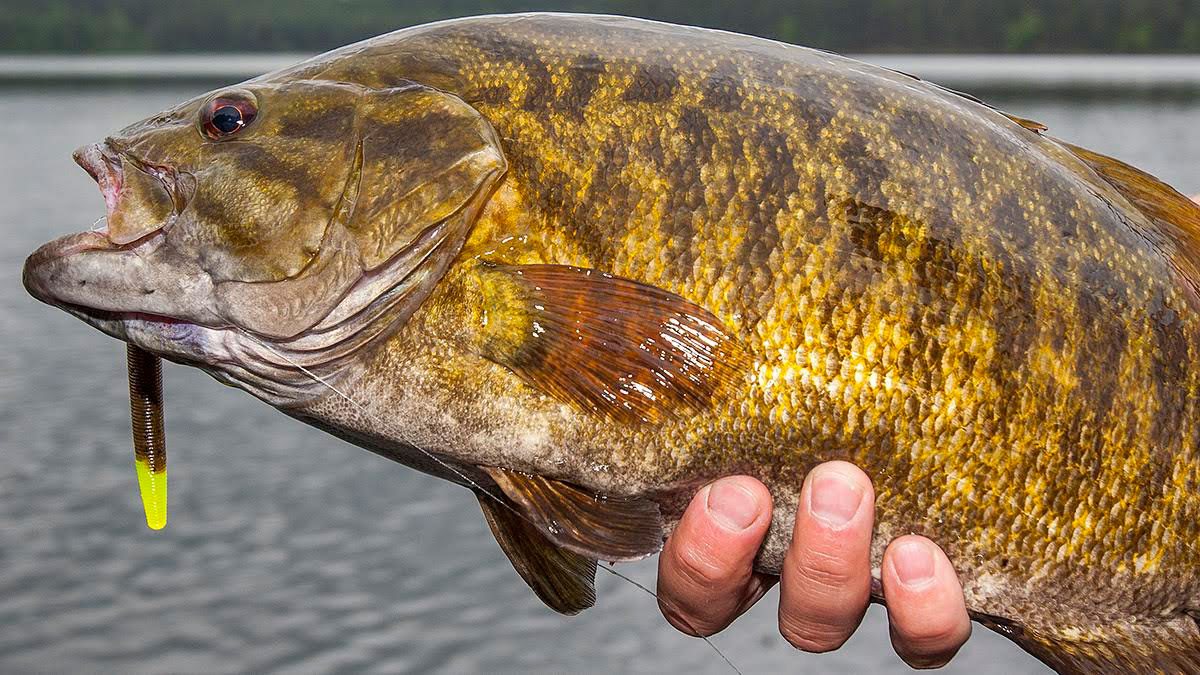Night work by fisheries biologists sheds light on honeyholes
ATHENS—In reservoirs scattered throughout Texas, under the black skies of cool, fall nights, loud generators drone and bright lights beam from strange-looking boats built to transmit electrical current into the water to catch fish. Crews from Texas Parks and Wildlife Department (TPWD) Inland Fisheries district offices use these electrofishing boats to collect information on fish populations, including Texas’ most popular fish—largemouth bass.
Bass anglers are always searching for hot lakes, for bass populations that are primed for great fishing opportunities. With this in mind, TPWD’s Spencer Dumont used electrofishing information collected from over 4,800 adult bass (8 inches and longer) in 78 hours of electrofishing effort at 935 different shoreline sites from 62 reservoirs in Fall 2012 to rank the top ten bass populations in terms of small bass, quality bass and preferred bass.
What he found may simply confirm what you already knew. But more likely it will surprise you.
Top Ten Lakes for Small Bass
Small bass were defined as those from eight to 13 inches long. Sprawling Sam Rayburn Reservoir was ranked No. 1 for small bass at 161 bass collected per hour of electrofishing effort. Rounding out the top ten were:
- Sweetwater (143/hour)
- Proctor (120/hour)
- Toledo Bend (90/hour)
- Walter E. Long (86/hour)
- Eagle Mountain (84.6/hour)
- Ray Hubbard (81.5/hour)
- Leon (77/hour)
- Lake o’ the Pines and Lake Raven (75/hour)
The average number of small bass caught per reservoir in 2012 was 44/hour.
Top Ten Lakes for Quality Bass
Quality bass were defined as those from 14 to 17 inches long. Lake Raven took the top spot for quality bass with a whopping 75 bass collected per hour of electrofishing. The rest of the top ten were:
- Bastrop (64/hour)
- Walter E. Long (62/hour)
- Sam Rayburn (35.5/hour)
- Amistad (29.5/hour)
- Sweetwater (26/hour)
- Amon Carter (25/hour)
- Coleman, Gibbons Creek and Toledo Bend (21/hour).
The average number of quality bass caught per reservoir in 2012 was 13 bass per hour of electrofishing.
Top Ten Lakes for Preferred Bass
Preferred bass were defined as those 18 inches or longer. Walter E. Long had the most with an impressive 18 bass collected per hour. The remainder of the top ten were:
- Bastrop and Raven (10/hour)
- Jacksonville, Houston County, Ray Hubbard, Sam Rayburn and Sweetwater (7/hour)
- Mackenzie, Murvaul, Proctor and Stamford (6/hour)
The average catch of preferred bass per reservoir in 2012 was 3 bass per hour of electrofishing.
Top Ten Overall
The best overall reservoir, based on a combination of small, quality and preferred bass caught during electrofishing samples in 2012, was a tie between Walter E. Long and Sam Rayburn. Raven was No. 3, followed by Sweetwater (No. 4), Bastrop (No. 5), Ray Hubbard (No. 6), Toledo Bend (No. 7), Lone Star (No. 8), Houston County (No. 9) and Amistad (No. 10).
Dumont cautioned that anglers should not expect to catch bass in the same numbers as the electrofishing boats. “Electrofishing gives an indication of how abundant bass of different sizes are in a reservoir,” he said. “Also, electrofishing does not generally collect very large fish. There may well be larger fish in a reservoir than show up in electrofishing surveys. Falcon would be a good example. We know that lake has lots of big bass, but it’s very hard to collect them with electrofishing.”
If your favorite lake is missing from the lists above, it may be due to the fact that not every reservoir is sampled every year. And, Dumont noted, electrofishing is not an exact science. “Lake Fork did not show up on any of the lists, but sometimes you don’t get a good sample. That happens with electrofishing.”
Dumont also pointed out that reservoirs are not all the same. “Electrofishing rates are not always directly comparable from lake to lake, so we typically monitor trends in the same lake from year to year.”


